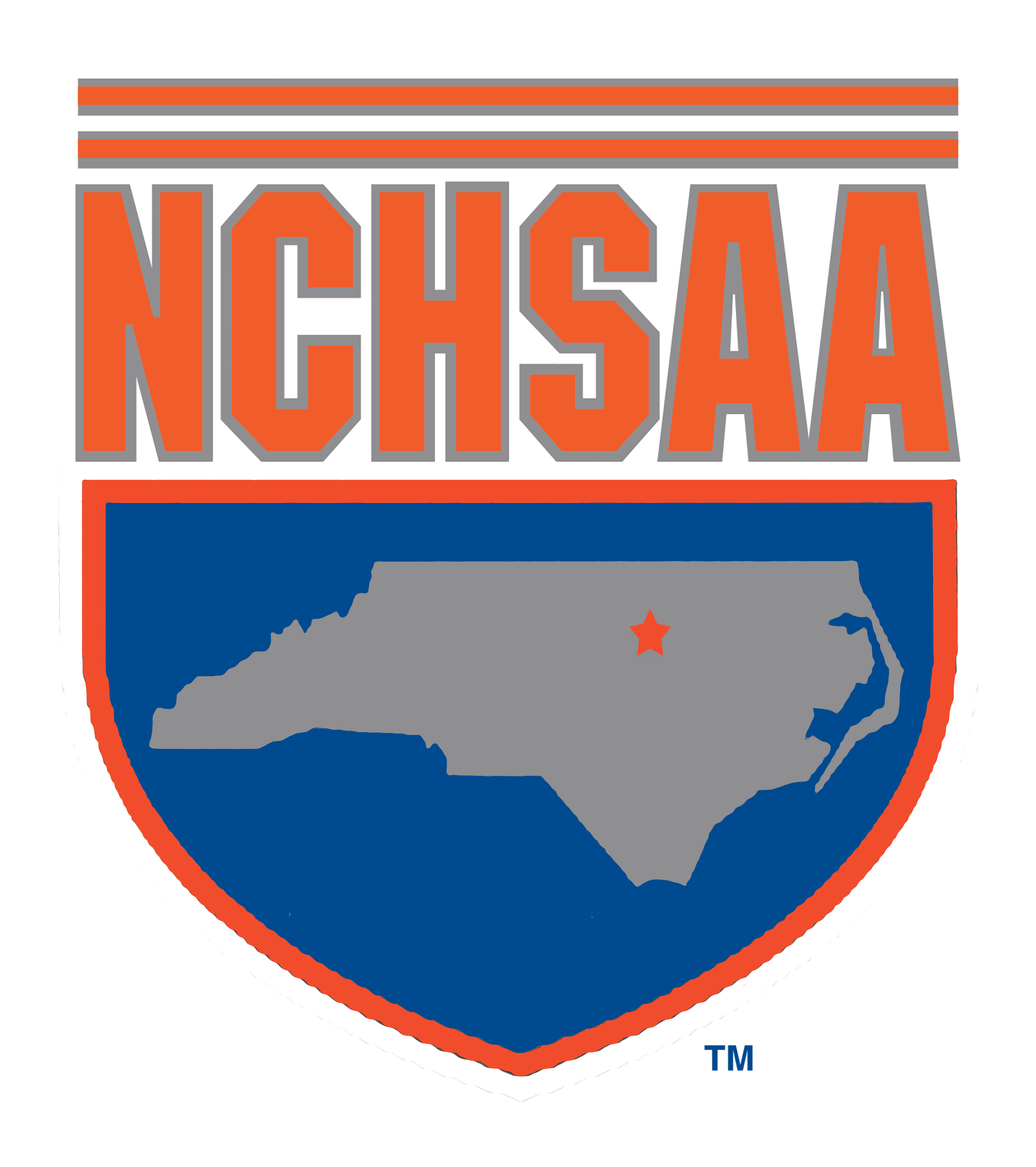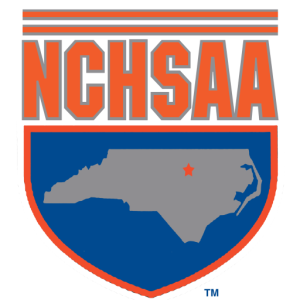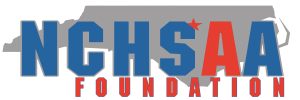TRACK AND FIELD RULES CHANGES FOCUS ON JEWELRY VIOLATIONS, POLE VAULT
INDIANAPOLIS— The penalty for wearing jewelry during high school track and field competition will shift from the team to the individual competitor beginning next season.
In its June meeting in Indianapolis, the National Federation of State High School Associations (NFHS) Track and Field and Cross Country Rules Committee addressed the jewelry rule and clarified two rules in the pole vault among its nine major changes. All changes were subsequently approved by the NFHS Board of Directors.
The revised jewelry rule states that “for the first violation, the competitor shall be required to remove the jewelry before further competition and be issued a warning that a subsequent violation shall result in a disqualification from the event.”
“The rule still prohibits the wearing of jewelry, but the members of the rules committee and results of the questionnaire strongly support the penalty applying only to the competitor involved as opposed to the entire team,” said Becky Oakes, NFHS assistant director and liaison to the Track and Field Rules Committee.
In Rule 7-5-2, requirements for pole vault competitors were changed. The rule eliminates the limit of only two layers of tape on the grip end but still requires any tape placed on the pole to be of uniform thickness on the grip end.
In addition, Rule 7-5-25 clarifies who may touch or catch the pole and under what circumstances touching the pole is not allowed. The rule reads, “No person shall be allowed to touch the vaulting pole except an assigned official, assigned pole catcher or the competitor, when circumstances warrant, but never to prevent the pole from dislodging the bar.”
“The competitor or designated official can catch the pole, but the touch or catch by the competitor that prevents the crossbar from being dislodged is still a foul,” Oakes said.
The committee also made updates to Rule 9-1-1 regarding the method of measuring a cross country course that reflect trends in the sport. The cross country course shall be measured along the shortest possible route that a runner may take, as opposed to measuring down the middle of the course.
Another change now makes it legal for competitors to wear visible undergarments that have a contrasting stitching to the color of the single, solid color of the undergarment. The stitching must function in the construction of the undergarment and not as a design.
Other rules changes approved by the committee include:
·Rule 3-4-2: The referee retains clerical authority over the contest through the completion of any reports, including those imposing disqualifications, that are responsive to actions occurring while the referee had jurisdiction. State associations may intercede in the event of unusual incidents after the referee’s jurisdiction has ended or in the event that a contest is terminated prior to the conclusion of regulation play.
· Rule 5-7-3: The starting command for individual races – or opening relay legs of 800 meters or more outdoors and 600 meters or more indoors – shall be to instruct all competitors to take a position three meters behind the starting line or dashed arc behind the line. With “On your marks,” the competitors step to the starting line.
· Rule 7-4-10: The games committee may assign competitors to flights of no less than five for preliminary competition or may conduct the event in continuing flights. In continuing flights, the first five competitors, as determined by the games committee, constitute a flight. As a contestant clears the bar, passes a turn at the height or is eliminated, the next competitor in order will be moved up so that the number of competitors in the active flight remains constant. When the field is down to eight or fewer competitors, it is recommended that participants are called as listed on the event sheet.
· Rule 9-3-3: Updates were made to this rule that address the use of bib transponders or timing chips on the shoes and the official order of finish when the computerized item(s) are used.
A complete listing of all rules changes approved by the committee is available on the NFHS Web site at www.nfhs.org. Click on “Athletics & Fine Arts Activities” on the home page, and select “Track and Field.”
Outdoor track and field is the second-most popular sport for boys, with 572,123 participants, and most popular sport for girls, with 469,177 participants, at the high school level, according to the 2010-11 NFHS Athletics Participation Survey. The sport ranks second in school sponsorship with 16,011 schools sponsoring the sport for boys and 15,923 sponsoring the sport for girls.



